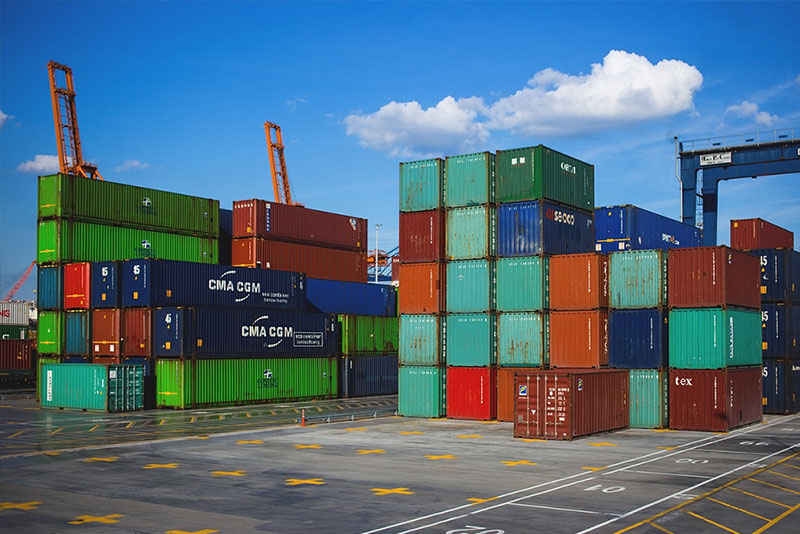US overseas warehousing has become a pivotal factor in shaping global product pricing strategies. By strategically locating warehousing facilities outside the United States, businesses can optimize their supply chain management and enhance overall operational efficiency. This shift not only impacts logistics but also plays a crucial role in determining how products are priced and positioned in the market.
One of the primary ways US overseas warehousing influences pricing strategies is through cost savings in transportation and storage. By storing goods closer to international markets, companies can reduce shipping times and costs associated with long-distance logistics. These savings can then be passed on to consumers through competitive pricing strategies, making products more affordable and attractive in foreign markets.
Furthermore, overseas warehousing enables businesses to mitigate risks associated with tariffs, trade regulations, and geopolitical tensions. By diversifying their warehousing locations, companies can adapt quickly to changes in international trade policies and economic conditions. This agility not only safeguards against potential disruptions but also allows for more flexible pricing strategies that reflect current market dynamics.

From a strategic standpoint, US overseas warehousing facilitates better inventory management and demand forecasting. By maintaining stock closer to international customers, businesses can respond faster to fluctuations in demand and seasonal trends. This responsiveness not only improves customer satisfaction but also optimizes inventory turnover rates, reducing carrying costs and minimizing the risk of overstocking or stockouts.
Moreover, the strategic placement of warehouses outside the US can enhance brand positioning and market penetration strategies. Localized warehousing can support localized marketing efforts and provide a competitive edge by offering faster delivery times compared to overseas competitors. This localized approach not only strengthens brand loyalty but also enables businesses to command premium pricing in certain markets where speed and reliability are valued.
In conclusion, US overseas warehousing fundamentally transforms product pricing strategies by offering cost efficiencies, reducing operational risks, and enhancing market responsiveness. By strategically distributing inventory outside the United States, businesses can achieve competitive advantages in global markets and deliver superior value propositions to consumers worldwide.